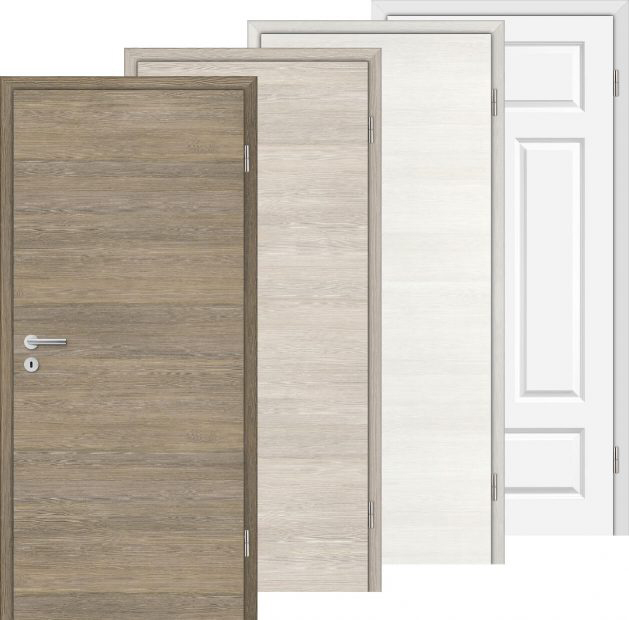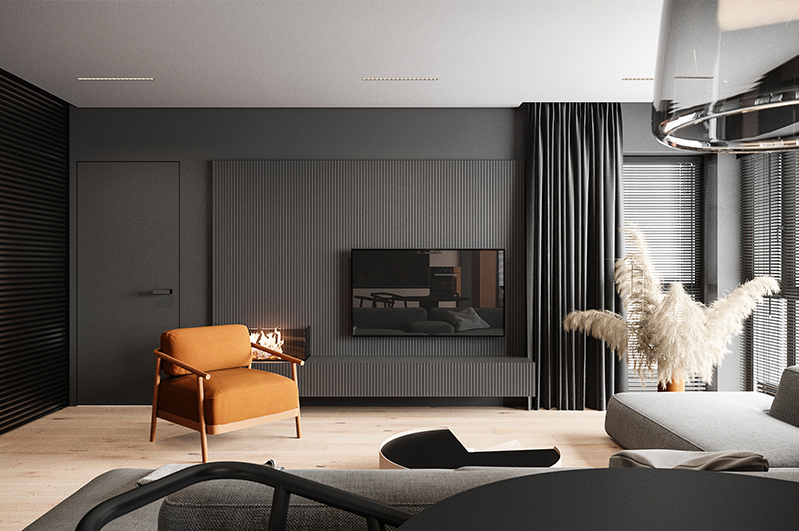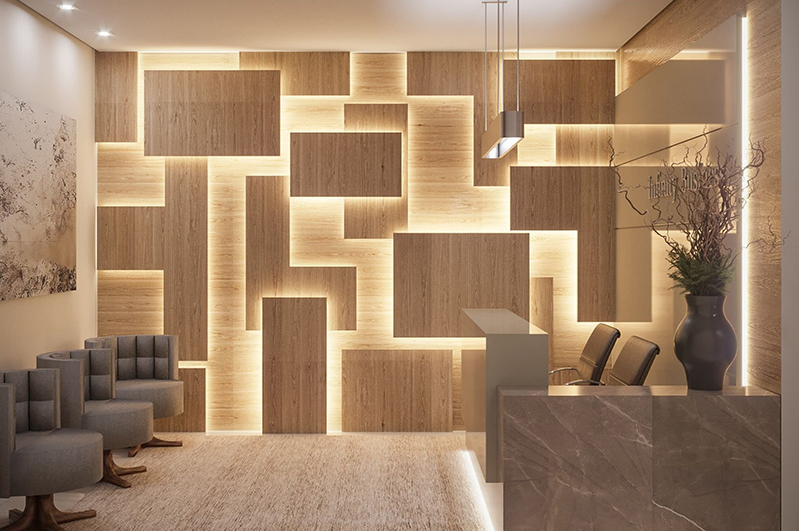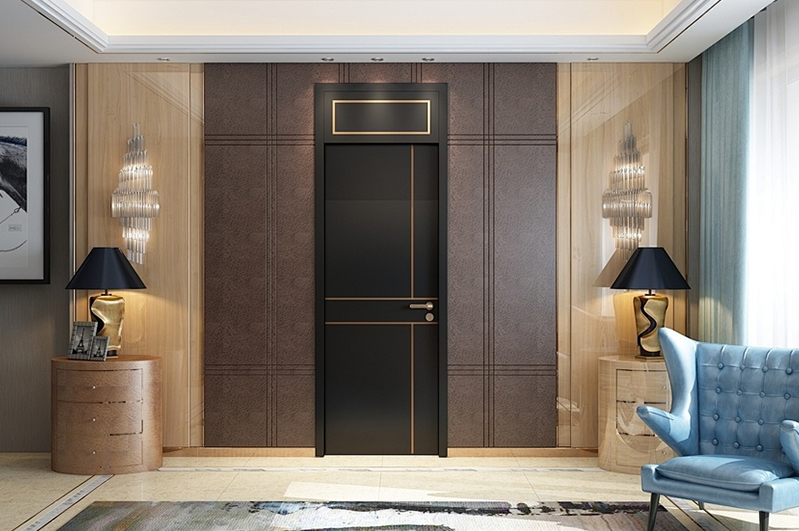A veneer wooden door is a type of door that features a thin layer of real wood, known as veneer, applied over a core mat...
A veneer wooden door is a type of door that features a thin layer of real wood, known as veneer, applied over a core mat...
Wooden doors are a timeless and versatile choice for any space. Made primarily from natural wood or wood-based materials...
Solid wood doors are made entirely from natural timber, offering durability, strength, and aesthetic appeal. Unlike holl...
Interior Doors, PVC Doors, and PVC Interior Doors Interior Doors are designed to separate rooms within a building, provi...
What is PVC MDF Door?A PVC MDF Door is a type of door made from a combination of Medium Density Fiberboard (MDF) and Pol...
Why Choose Haibo Custom Melamine Laminated Interior Door Factory? High-Quality Craftsmanship: Haibo offers top-tier cu...
A sliding door is a door that moves horizontally along a track, instead of swinging open on hinges. This design allows i...
A barn door is a sliding-style door originally inspired by traditional farm structures. Instead of swinging open, it gli...
A HPL Door, short for High-Pressure Laminate Door, is made by bonding layers of resin-infused paper under high heat and ...
Wall panels are decorative or functional coverings used to finish or protect the surfaces of walls. These panels come in...
Custom Cabinet Factory - Haibo At Haibo Custom Cabinet Factory, we specialize in creating premium, tailor-made cabinetry...






Doors are among the fundamental elements in architecture and construction—so ubiquitous that they are often overlooked.
Yet behind every door lies a complex intersection of material science, engineering, aesthetics, and safety.
From residential buildings to industrial facilities, the selection, design, and functionality of doors play a critical role in energy efficiency, occupant comfort, security, and regulatory compliance.
Doors have served humanity for over 4,000 years, beginning as stone or wooden slabs in ancient Egypt and Mesopotamia to protect sacred and private spaces. In classical Greece and Rome, doors became more advanced—crafted from bronze or hardwood, with double panels and early mechanical systems. The Middle Ages saw fortified doors in castles and cathedrals, emphasizing defense and authority.
By the Industrial Revolution, mass production introduced new materials like glass and metal, making doors more functional and widely available. In the modern era, automatic doors entered commercial spaces, and now smart doors—equipped with keyless access, biometric security, and app integration—are becoming standard. The door has evolved from a physical barrier to a connected system, reflecting changes in architecture, technology, and daily life.
Selecting the right door material isn't just about style—it’s a key factor in energy efficiency, durability, and long-term performance. In colder climates, solid wood or insulated fiberglass doors help retain indoor heat and block drafts. Look for materials with high R-values and weather-resistant sealing to reduce energy loss during winter months.
In hot or humid regions, steel and fiberglass resist warping, cracking, and moisture damage better than traditional wood. Coastal areas benefit from corrosion-resistant aluminum or composite materials, which stand up to salty air and intense sun. Always consider UV protection, insulation core, and frame durability when making your choice. The right door doesn’t just enhance your home's appearance—it helps protect it from the climate outside.
In recent years, the Wooden Door Factory sector has undergone significant transformation, driven by advancements in automation, sustainability, and evolving consumer expectations. Understanding these changes is essential for architects, developers, and property owners seeking durable, compliant, and future-ready door solutions.